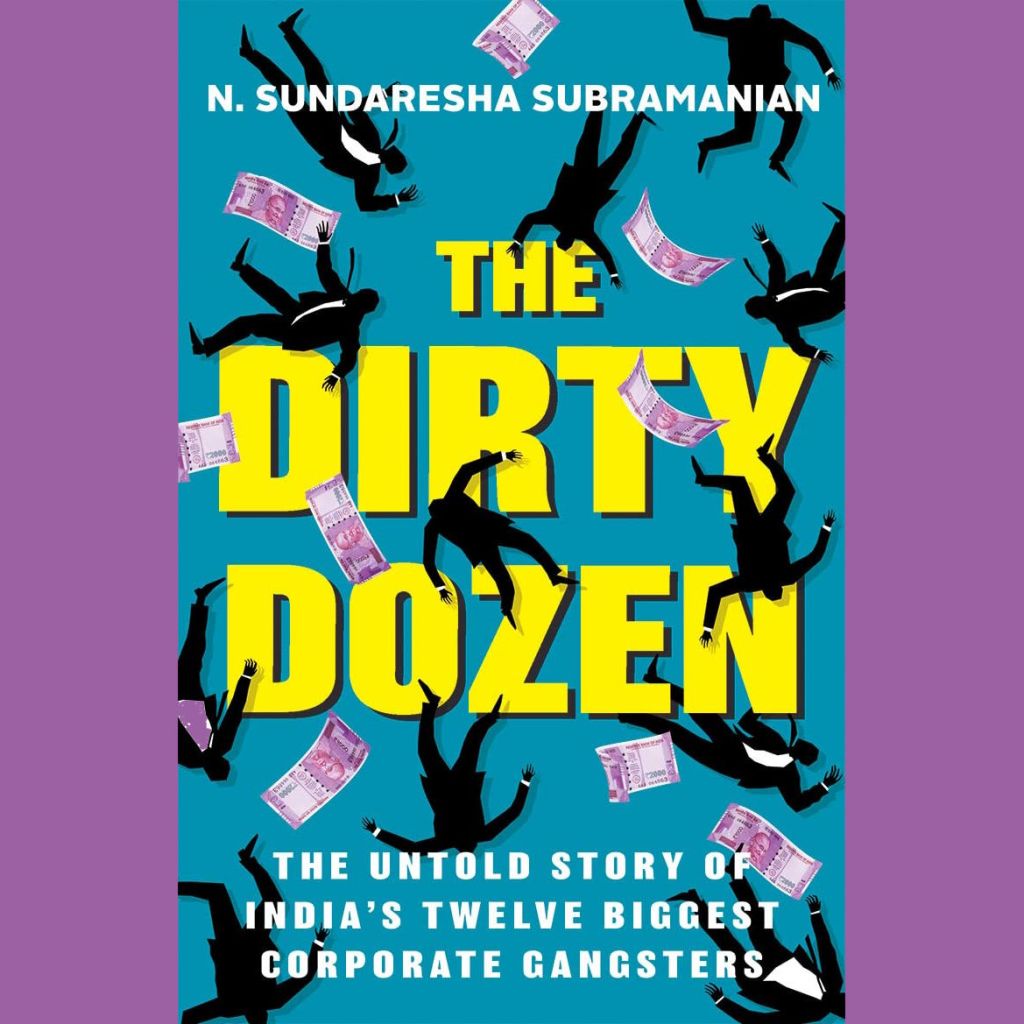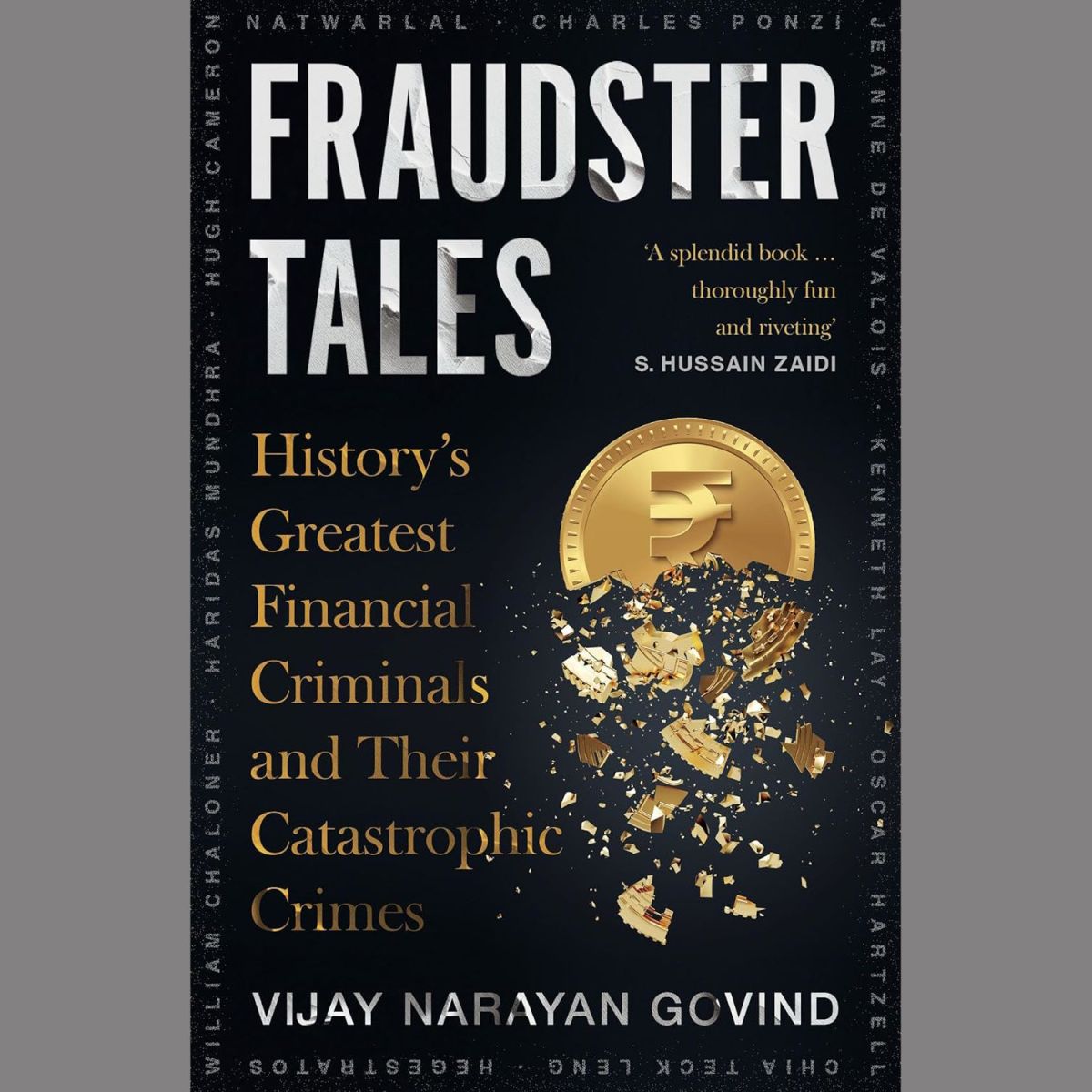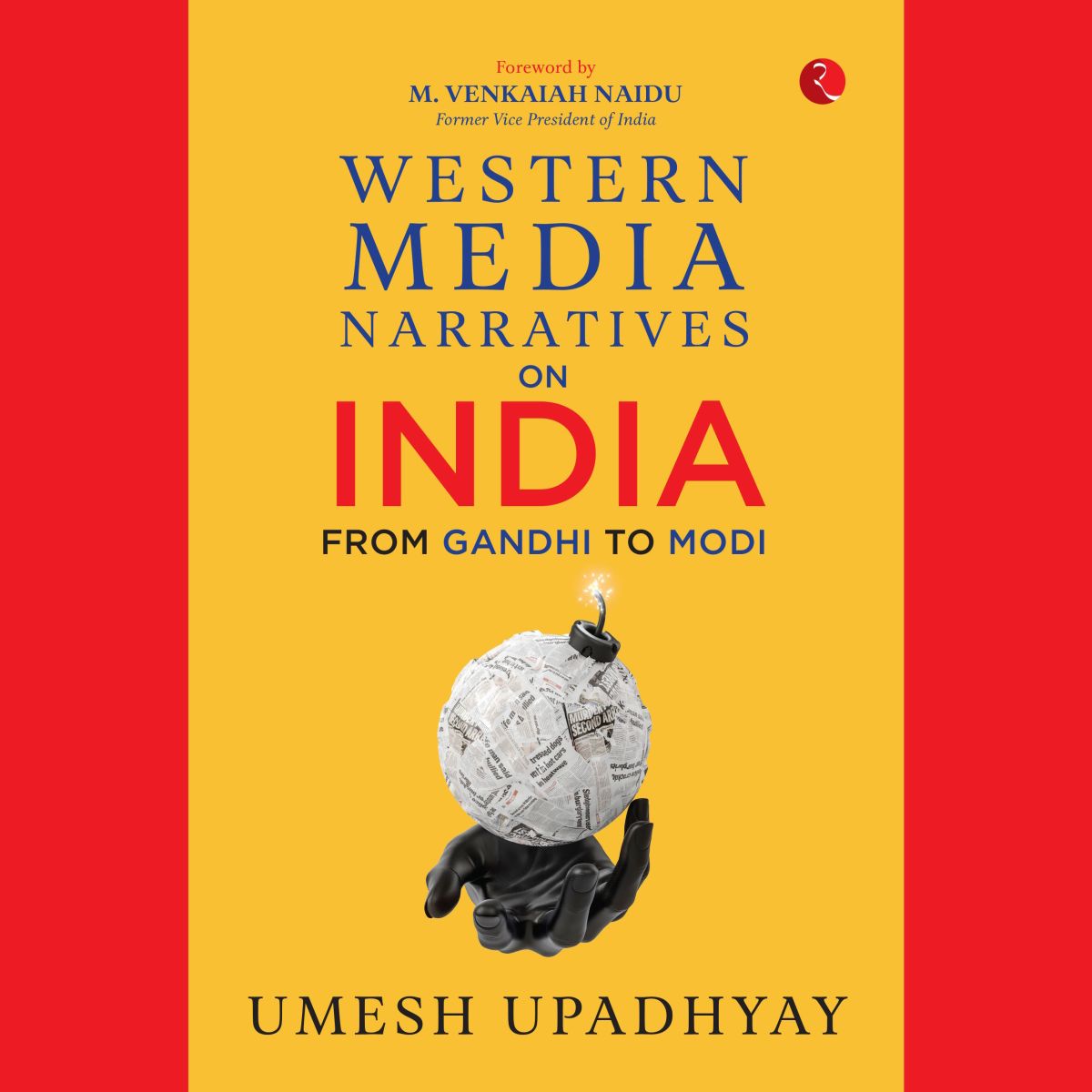Published recently by Pan Macmillan India, N Sundaresha Subramanian’s The Dirty Dozen takes the covers off the financial wrongdoings and misdeeds committed by some well-known companies in India. ‘Over the last few years, we have increasingly been hearing about bad debts and the significant discrepancies between the financial health of some companies and that of the owners of these companies. In a world that is conscious about rising inequalities and in a country where over half a billion people struggle to have one square meal a day, a few hundred promoters and their companies, many of these politically well-connected, are doing their best to get away with the loot,’ says the publisher’s note. ‘This book explores the factors and players in what is essentially a major stumbling block in the progress of the Indian economy and in turn the nation itself. It aims to get to the bottom of this cesspool and put out the findings in a readable form,’ it adds.
With the publisher’s permission, here is an excerpt from The Dirty Dozen
One of the episodes of the ‘Sick Company, Wealthy Promoter’ soap opera aired on Valentine’s Day in 2018 when the country’s second-largest state-owned lender, PNB, announced that it had suffered a fraud of Rs 11,400 crore. The amount later swelled to Rs 12,700 crore. Even as their companies defaulted on their obligations to the bank, the promoters, celebrity jewellery designer Nirav Modi and his uncle Mehul Choksi, scooted off with their families to exotic locations like the Caribbean, New York or London. While Modi remains behind bars at London’s Wandsworth Prison, Choksi is still at large. It is the sequence of events which led to his arrest that lends further credence to the belief about a nexus between the establishment and such defaulters.
The red flag raised by the Deloitte auditor Abhijit Damle about the possible overstatement of stocks and receivables of Modi’s company, Firestar International, was in the public domain as early as February 2017. Somewhere in the middle of the year, Modi’s wife withdrew their children from their schools in India and enrolled them in the US. Yet the bank continued to provide their facilities. In early January 2018, the entire family moved out of the country, one by one. It was then that PNB woke up. In its complaint to the Central Bureau of Investigation (CBI), filed three weeks after Modi’s exit from India and a week after his now-infamous photo op with the Indian prime minister at Davos, Switzerland, the bank blamed a low-level employee and offered an unconvincing theory about fraudulent messages sent through its SWIFT system.
It is obvious to any lay person that the malaise runs deeper and people at the higher echelons have at least an indirect, if not a direct, role in such scams. The CBI has already questioned scores of top PNB executives, including its chief executive. PNB’s is not an isolated case. Close to 10,000 entities have been reported as wilful defaulters by several banks. Banks typically give two types of lending options to businesses. In the first, they fund the acquisition of fixed assets. This extends to land and buildings, as well as plants and machinery, which would then then be put to use. The income generated from these is used to service the loans. The second involves providing cash credit, or what is commonly known as working capital loans. These loans are issued based on stocks and receivables. Up to 75 per cent of working capital is financed and the borrower is required to bring in the remaining. Usually, the problem is created at the time of sanctioning itself. Often, bankers lack the means of verifying the claims and projections provided by the borrowers. Ambitious projections of revenue are quite common and such claims are taken at face value. In the case of fixed assets, the price is frequently inflated, sometimes even by 200–300 per cent.
When dealing with working capital loans, banks are required to verify stocks. Chartered accountants are appointed to issue a certificate of verification. Sometimes, the stocks don’t exist but that hardly matters, owing to the connivance of the bank officials, the CA and the borrower. Just like in investing, a sound exit strategy is the key to success in money lending. Therefore, the process of recovery begins from day one. It is the lender’s responsibility to ensure that the borrower has enough skin in the game. This should be done by verifying whether the projections are realistic, ascertaining the presence of adequate collateral and continuously monitoring the use of such funds. In reality, banks are able to enforce these principles more than efficiently in the case of small borrowers like farmers and small businesspersons, often by unleashing recovery agents on them without any hesitation. However, the same banks seem to develop cold feet when it comes to larger borrowers. It is possible that this could be a class issue. For an average mid-level banker, who takes home about one lakh rupees a month, dictating terms to a small borrower comes easily. But how can he exhibit the same rigour for a person who gets photographed wining and dining with the political bosses and moving around in private jets? A public interest litigation (PIL) filed in 2015 by non-profit Swaraj Abigyan before the Supreme Court of India (SC) laid out the fundamental problems in the lending process followed by the banks. Some of the issues brought forward by the PIL have been discussed in the sections that follow.
The growing number of SAs endanger the very existence of PSBs, and a large amount of public money is being loaned every year without adequate disclosures, accountability and/or transparency. Loans are very often sanctioned, diverted or misused by scheming bankers, corporate houses and auditors. In many instances, public deposits with the banks are used to disburse loans to undeserving corporate borrowers due to various systematic failures, weak due diligence by the banks, lack of data sharing among banks and so on.
One of the most crucial aspects of project finance that PSBs tend to overlook is the source and structure of the equity contributed by the promoters. Banks do not always ensure that promoters’ contribution is funded through equity, and not debt, so that the promoter has a reasonable stake in the venture. Since adequate attention is not paid to the source of equity, many times the project is funded through structured borrowings by the promoters at the holding company level within the larger group, which is then downstreamed as equity in the subsidiaries. Such inherent weaknesses in credit evaluation lead to poor cash flows. As a result, loans are not serviced on time and run the risk of being classified as non-performing assets.
Speaking at BANCON 2013, then deputy governor of the RBI, Dr K. C. Chakrabarty, criticized the lax credit evaluation, monitoring and loan recovery systems, tendencies to window dress, the evergreening of loan accounts and misuse of RBI circulars and approvals by PSBs. However, little attention seems to have been paid to his reproach. Chakrabarty had also lamented, ‘Even in cases of restructuring, there seems to be a distinct bias towards the large-ticket borrowers than the weaker segments of the economy (i.e., micro and small enterprises, agriculture and priority sectors). Statistics on restructured advances shows that the medium and large segments account for over 90 per cent of restructured accounts while the share of micro and small segments keeps dwindling over the years.’
The classification of an account as an NPA affects the banks adversely. Income on such accounts cannot be accrued further and all earlier accruals have to be reversed, besides additional provisioning, all of which leads to stressed balance sheets, ultimately affecting the lender’s profitability. As a result, PSBs conveniently fall prey to the temptation of evergreening loans – sanctioning additional funds to the same borrower to revive a loan on the verge of default – thereby falling deeper into the pit. Eventually, a significant portion of the loans disbursed by the PSBs become stressed, entering the bounds of NPAs.
The Dirty Dozen
Author: N Sundaresha Subramanian
Publisher: Pan Macmillan India
Format: Paperback / Kindle
Price: Rs 399 / Rs 379
Available on Amazon
The Dirty Dozen: An Excerpt











